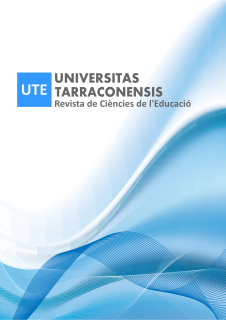How to read assessment criteria when dealing with culturally diverse pupils? An analysis based on a Spanish context.
Article Sidebar

Main Article Content
The role of educational organization by levels and measures of standardization in education systems is to evaluate the quality of education and school performance. This is disrupted when different educational models coexist in schools because of immigration. This article provides a set of educational situations and approaches for improving the understanding of the problem and proposes alternatives that help the development of institutions and educational practice. The factors that keep the criteria of international standardization rules are determined as well as the keys for their improvement are provided. The method followed is the analysis of the results obtained in previous studies conducted between 2008 and 2012 in Spanish schools with groups of immigrant pupils from different educational systems. Analyses support the conclusion that in schools appear different situations involving social, psychological and cultural issues. which do not work with optimal results applying these measures. The study proposes schools to identify the previous educational experiences of pupils carried from their origin contexts and to adjust them to the new system by raising activities to improve pupil attitudes toward other systems, meeting the initial demands of the different groups, as well as getting to know psycho educational needs that are raised at school.